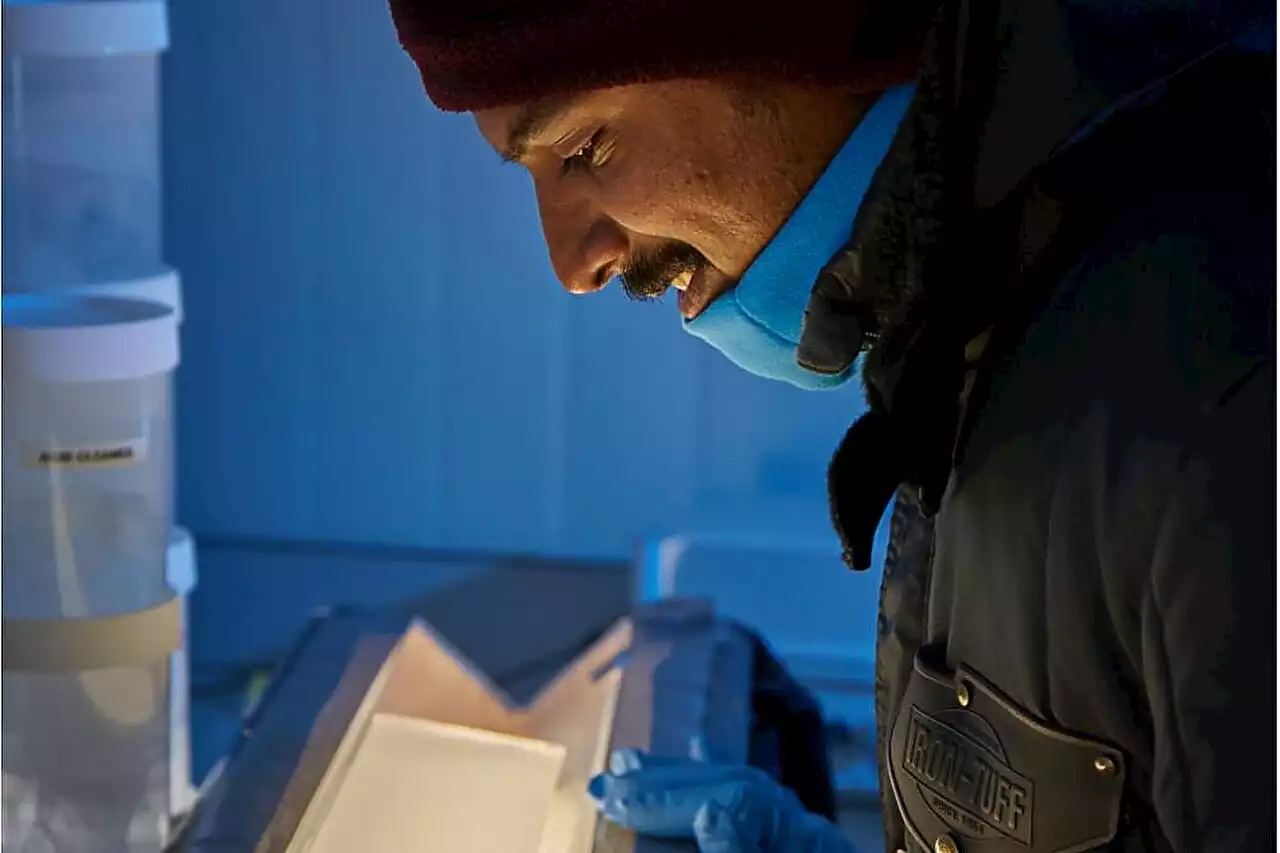AI-powered robot to aid coral propagation by deploying a new system made from limescale concrete in hopes of reviving coral reefs.
, corals are animals called polyps primarily found in tropical waters. These soft-bodied polyps eventually create sturdy external shells by extracting calcium carbonate from the ocean.Over an extended period, these robust shells build up to ultimately shape the basis of the present-day coral reefs. However, these reefs only cover about 0.2 percent of the seafloor but provide habitat to more than a quarter of the marine life.
Alluding to coral bleaching, Cathie Page from the Australian Institute of Marine Science stated: "Climate change is the most significant threat to coral reefs around the world. Severe bleaching events caused by climate change can have very negative effects and we don't have good solutions yet" The process includes grafting coral fragments into small plugs and inserting them into a molded base. These foundations are then placed in batches on the sea bed, Foster told"We wanted it to be something we could mass produce at a reasonable price. And easy for a diver or a remotely-operated vehicle to deploy," said Foster. "We've deployed several different prototypes of our coral skeletons. And we've also tested this on four different species.
Such tasks are better suited for robots as that machine’s arms can graft or glue coral fragments to the seed plugs as required by the process. Another robot will assist in placing the base through vision systems. AI will control the robots and enable the execution.: “Every piece of coral is different, even within the same species, so the robots need to recognize coral fragments and how to handle them. So far, they're very good at handling the variability in coral shapes.
日本 最新ニュース, 日本 見出し
Similar News:他のニュース ソースから収集した、これに似たニュース記事を読むこともできます。
 Ian Wilmut, British scientist who led team that cloned Dolly the Sheep, dies at 79The British scientist who led the team that cloned Dolly the Sheep in 1996 has died at age 79
Ian Wilmut, British scientist who led team that cloned Dolly the Sheep, dies at 79The British scientist who led the team that cloned Dolly the Sheep in 1996 has died at age 79
続きを読む »
 Scientist studies climate record embedded in Antarctic iceA Canterbury climate modeler is part of an international team studying a 764-meter ice core that preserves more than 80,000 years of global climate data.
Scientist studies climate record embedded in Antarctic iceA Canterbury climate modeler is part of an international team studying a 764-meter ice core that preserves more than 80,000 years of global climate data.
続きを読む »
 Scientist who led team that created Dolly the cloned sheep dies at 79The British scientist who led the team that created Dolly the sheep, a breakthrough in cloning, has died at the age of 79, his former university said on Monday.
Scientist who led team that created Dolly the cloned sheep dies at 79The British scientist who led the team that created Dolly the sheep, a breakthrough in cloning, has died at the age of 79, his former university said on Monday.
続きを読む »
 Ian Wilmut dies at 79; British scientist led team that cloned Dolly the sheepThe British scientist also focused on using cloning techniques to make stem cells that could be used in regenerative medicine.
Ian Wilmut dies at 79; British scientist led team that cloned Dolly the sheepThe British scientist also focused on using cloning techniques to make stem cells that could be used in regenerative medicine.
続きを読む »
 Scientist Who Led The Team That Cloned Dolly The Sheep DiesWilmut died Sunday after a long illness with Parkinson’s disease.
Scientist Who Led The Team That Cloned Dolly The Sheep DiesWilmut died Sunday after a long illness with Parkinson’s disease.
続きを読む »
 British scientist Ian Wilmut, who led team that cloned Dolly the Sheep, dies at age 79Ian Wilmut, the British cloning pioneer who helped create Dolly the Sheep in 1996 and wanted to use cloning technology for stem cell research, has died at 79 years old.
British scientist Ian Wilmut, who led team that cloned Dolly the Sheep, dies at age 79Ian Wilmut, the British cloning pioneer who helped create Dolly the Sheep in 1996 and wanted to use cloning technology for stem cell research, has died at 79 years old.
続きを読む »
